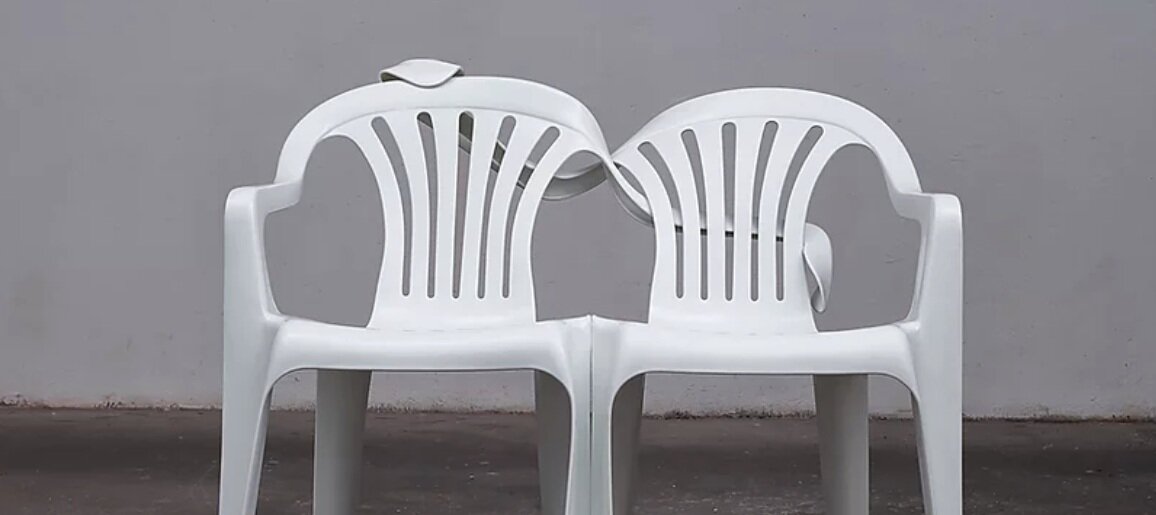
Gestalt Therapy
The empty chair technique - reconciling polarities
At some point or another we all feel stuck; this may be due to a painful past, an uncertain future or a present we would rather escape from. It is alright to feel you need a helping hand, and it is you who will ultimately make the step forward.
Gestalt Psychotherapy was formulated by Laura and Fritz Perls and Paul Goodman in the mid-1900s. It emphasises personal responsibility, the therapist–client relationship, the environmental and social contexts of a person's life, and the self-regulating adjustments people make as a result of their overall situation. It is the first Western Psychotherapy approach to incorporate Zen philosophy. As such, the therapist keeps on helping the client return his awareness to the present moment.
Creativity and experimentation make each session unique and embodied. An example of this is the famous empty chair technique. This simple approach is designed to allow you to work through interpersonal or internal conflict. It helps you see the situation from a different perspective and gain insight into your feelings and behaviours. The process helps bring you into the “here and now” of your present experiences. As you verbalise what’s going on, the abstract becomes more concrete. As you take on the other person’s role, you gain insight into your own perspective as well as theirs. If the chair represents part of you or an internal conflict, you experience different aspects of yourself and gain insight into your struggle. This discovery aspect is the ultimate goal of gestalt therapy and the empty chair technique.
A number of other creative tools are used, including psychodrama, and creative expression. The moment decides and the presence of therapist and patient enables. The objective is for the patient to reach for the answers within him or herself.
Picture: Bert Loeschner, Dudes.

